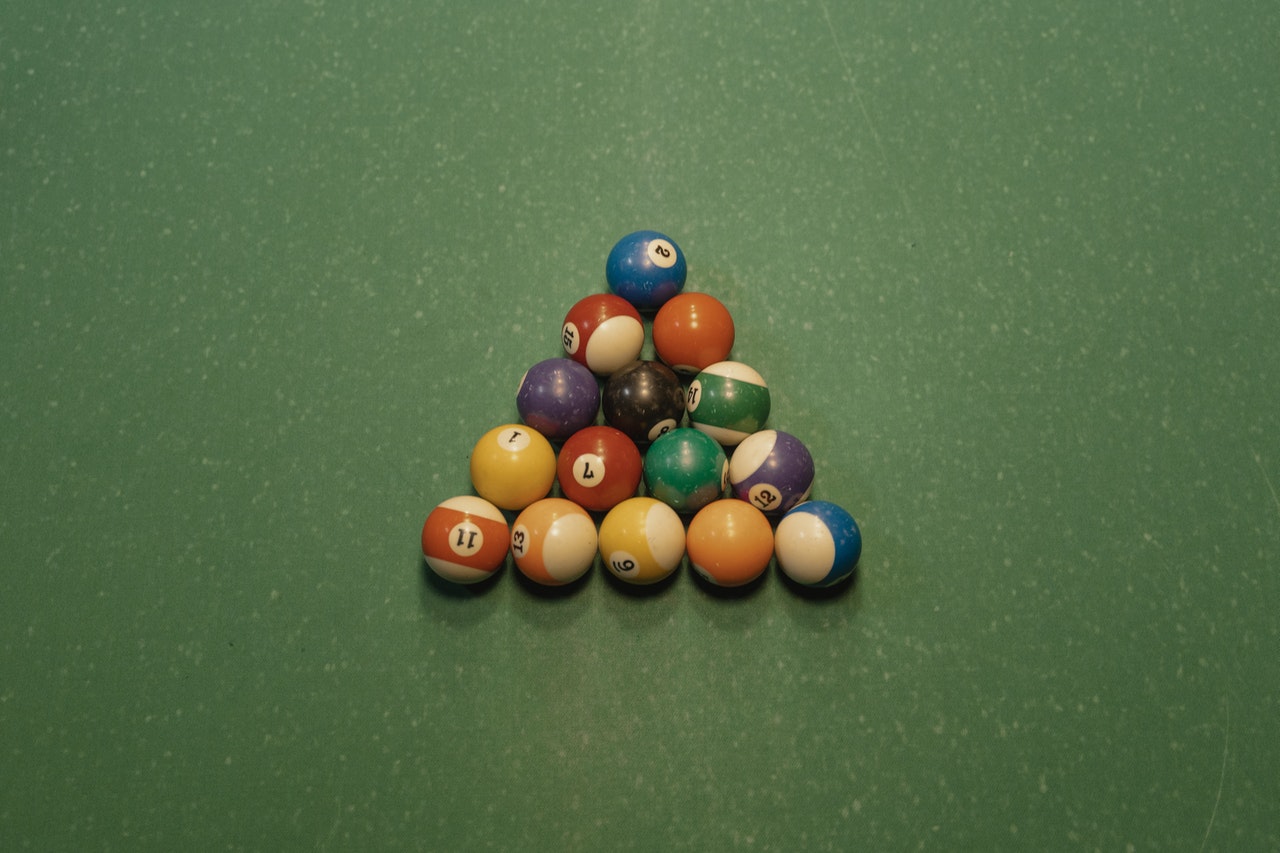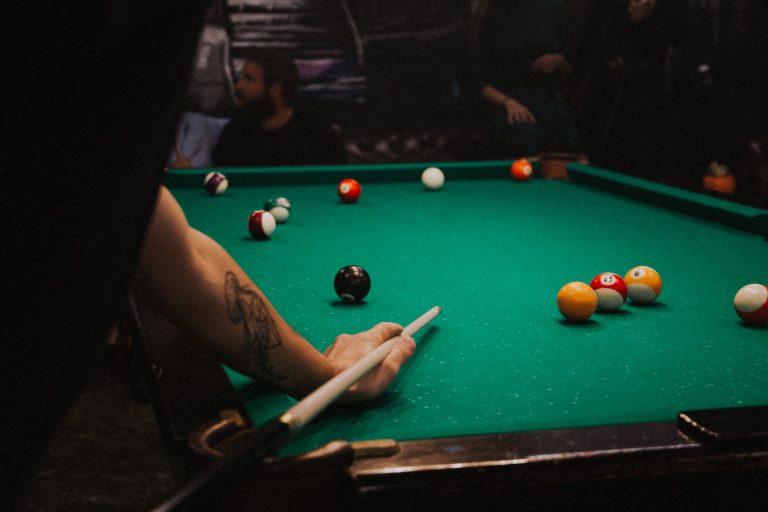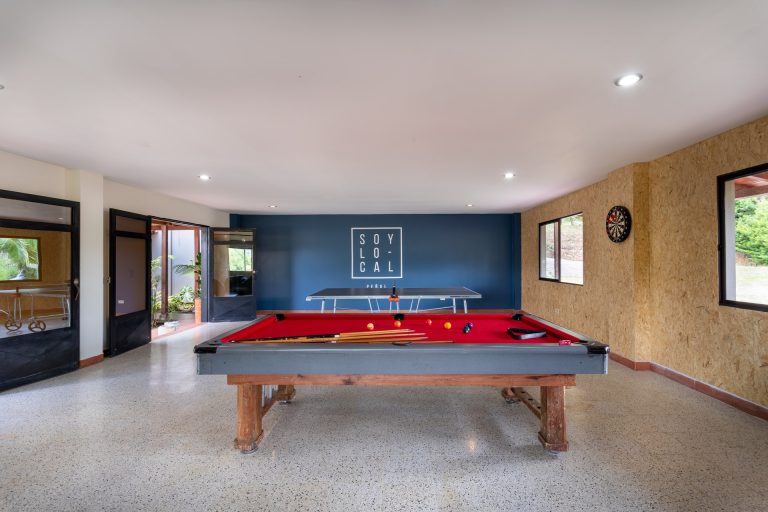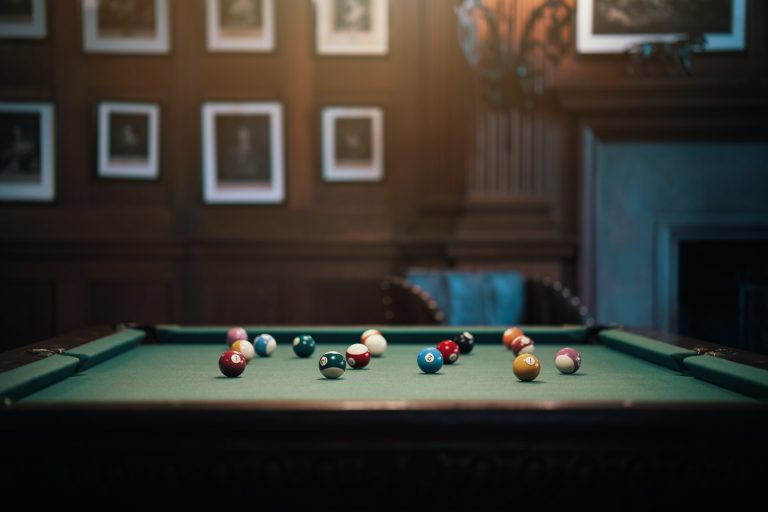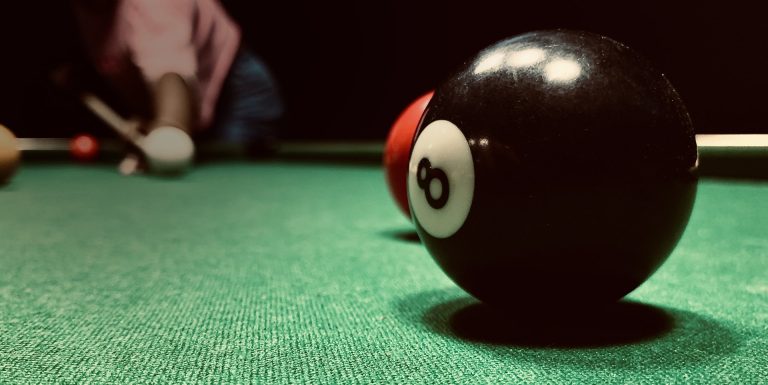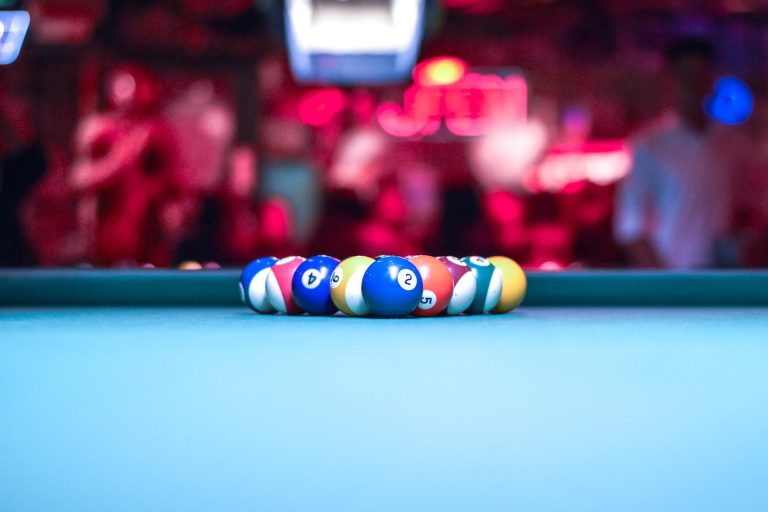How Pool Balls Turn Yellow? [Know It Now]
Have you ever wondered how pool balls turn yellow? It’s a question that has puzzled many people, but the answer is actually quite simple.
In this blog post, we will take a look at what causes pool balls to change color and why they eventually fade over time.
We will also discuss some of the popular theories about this phenomenon.
So, if you’re curious about what makes pool balls turn yellow, keep reading!
Why are my pool balls turning yellow?
There could be a few reasons why your pool balls are turning yellow. One reason may be that the chlorine level in your pool is too high and is bleaching the balls.
If this is the case, you will need to lower the chlorine level in order to stop the balls from turning yellow.
Another possibility is that the balls are simply old and have started to fade. In either case, it’s important to keep an eye on your pool chemistry to make sure that the pH and chlorine levels are within the correct range.
If they’re not, it can lead to problems like algae growth or corrosion.
How pool balls turn yellow?
Pool balls are typically made out of a phenolic resin, which is dyed yellow. Over time, the dye can fade and the balls will turn white.
To restore their original color, pool ball manufacturers often treat them with a sealant that contains a yellow dye.
This treatment helps to prevent the balls from fading and losing their color over time.
How do you clean yellowed pool balls?
To clean yellowed pool balls, you will need to soak them in a mixture of vinegar and water.
The vinegar will help to break down the built-up dirt and grime on the surface of the balls, while the water will help to rinse them clean.
Be sure to rinse the balls thoroughly after soaking them in the vinegar mixture, as any residue left behind could cause damage to your pool’s pH balance.
Why did pool balls change color?
Pool balls used to be made of wood, but they would often warp and change color due to humidity and temperature. In order to prevent this, manufacturers switched to making pool balls out of plastic in the 1930s.
This change also allowed for more consistent weight and size among the balls.
Today, pool balls are still made out of plastic, and they come in a variety of colors including red, yellow, green, blue, purple, and orange.
Some pool halls even have balls that are multi-colored or glow in the dark!
How can you tell if pool balls are made of ivory?
One way to tell if pool balls are made of ivory is to look for a stamp or other marking on the ball that indicates its material. If there is no marking, you can try rubbing the ball against your teeth; ivory will feel slightly gritty.
You can also perform a simple water test.
Fill a bowl with water and add a few drops of dish soap. Place the ball in the water and watch for bubbles; if bubbles form, the ball is not made of ivory.
| Don’t Miss This: Can We Put Pool Balls In Dishwasher? |
Conclusion
So, now you know the science behind why pool balls turn yellow and how to clean them if they do get dirty.
You also know that ivory is not used in modern pool ball manufacturing, so there’s no need to worry about harming any elephants!
Hopefully, this article has given you a little more insight into the interesting world of physics and chemistry.
Be sure to check out our other blog posts for more fun scientific facts.

I’m Maverick and I love playing pool games with my friends. I found myself struggling for proper guidance playing this game and selecting good quality equipment for it. I, then, decided to create this blog to guide pool enthusiasts to get right information and start enjoying their game.

